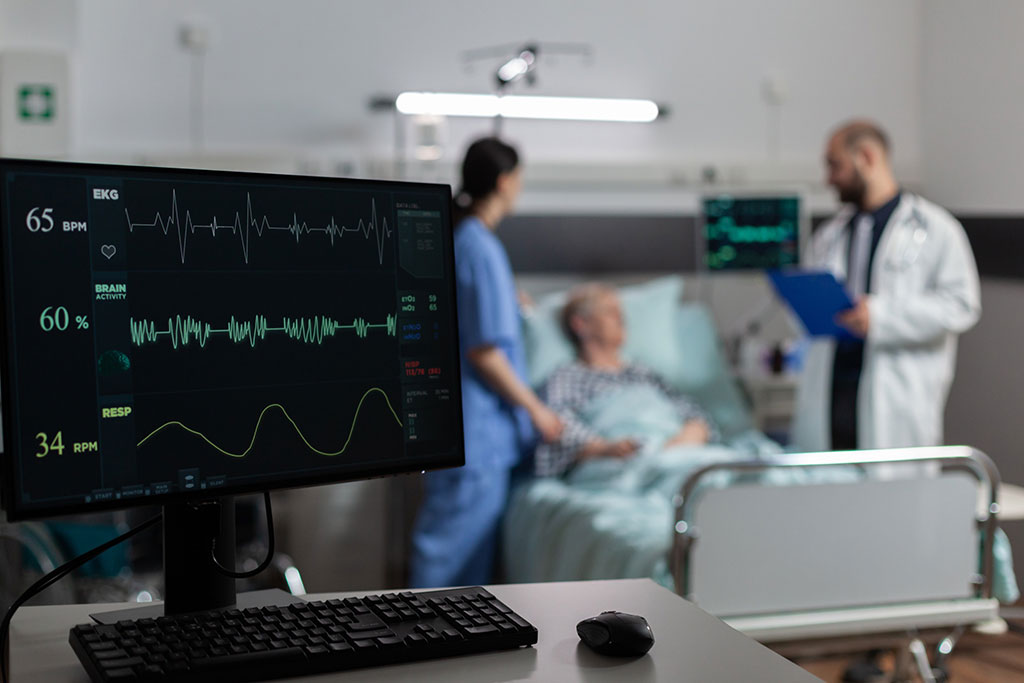Infection
Wireless Biosensor Detects Infections Much Earlier Through Smart Catheters, Smart Diapers and Wound Dressings
Image: Wireless biosensors can relieve some of the burden on healthcare systems (Photo courtesy of 123RF)
Researchers have developed a wireless biosensor that paves the way for an advanced patient-controlled system to detect infections earlier. This technology can be integrated into smart catheters, smart diapers, or wound dressings, enhancing the way health and various diseases are monitored.
The wireless biosensor developed at Malmö University (Malmö, Sweden) stands out for its compact and lightweight design, which has been achieved by eliminating traditional integrated circuits and bulky batteries. The result is a smaller, more manageable biosensor with increased flexibility. It operates using a standard RFA tag, similar to those used in electronic door systems, but with the chip component removed. Since the device’s primary function is to record and transmit data, the data storage, protection, and processing capabilities of the chip are not necessary.
The absence of a battery in this system means it cannot use Bluetooth or other long-range technologies. Instead, it relies on induction for power, where a mobile phone emits electromagnetic radiation to activate the tag. For this system to work, the mobile phone, acting as the reader, needs to be within five centimeters of the tag. The tag’s antenna includes silver, a conductive material. In response to specific reactions, the silver transforms into silver chloride, a non-conductive substance, thereby disrupting the antenna circuit. The detection of particular analytes repairs the antenna and alters its characteristic frequency, enabling the wireless sensing of biological reactions. This innovative setup has not only been successful in wirelessly detecting glucose in whole blood samples but has also shown promise in monitoring medically significant microbial biofilms in wound fluids.
“Imagine that you have a diaper with a sensor that, when exposed to urine, can detect the presence of bacteria in the bladder; the patient can measure and monitor the infection themselves. It will save both time and money because it eliminates a lot of unnecessary doctor’s appointments,” said Atefeh Shafaat, the Malmö University researcher who developed the biosensor. “Unnecessary removal of dressings to check the infection increases the risk of contamination of the wound. Using this technology to detect the infection at an early stage makes treatment much easier.”
Related Links:
Malmö University

